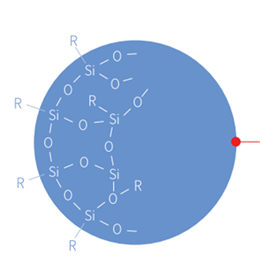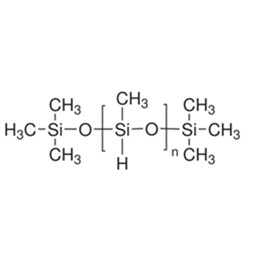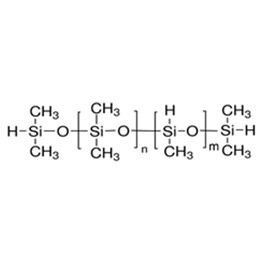What are the mainstream environmentally friendly coatings?
Green gradually becomes an important consideration for consumers when using metal coatings, thermal spray coatings, concrete coatings, roof coatings, architectural coatings, and other chemical solvent-based coatings without volatile organic compounds.
Currently, there are four kinds of environmentally friendly industrial coatings recognized in the market: UV coatings, water-based UV coatings, one-component water-based wood paint and two-component water-based wood paint.


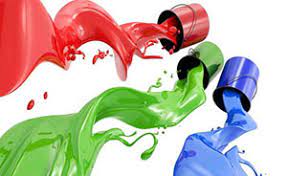
1. UV Coating
Because UV coating cures quickly, is safe and environmentally friendly and has excellent performance, it is loved by consumers and has a high market share.
However, for products with special shapes, during the curing phase, the paint cannot be cured in the shaded corners that cannot be illuminated by UV lamps.
2. Water-based UV coating
Water-based UV coating, i.e. UV-curable water-based wood paint, combines the environmental protection of traditional water-based coatings with the advantages of good hardness, high transparency and excellent yellowing resistance of UV-curable coatings, and is an environmentally friendly coating with excellent performance.
3. One-component waterborne wood paint
Single-component water-based paints are divided into three categories according to their main components.
① Acrylic water-based coating
The key component is the acrylic emulsion solvent-based coating, which can keep the original color of the wood, but the abrasion resistance and chemical performance are poor, generally used as a water-based wood primer.
②Synthesis of acrylic acid and polyurethane
The abrasion resistance and chemical resistance of the acrylic acid and polyurethane compound are better than that of the acrylic water-based paint, and the hardness of the paint film is good.
③Pure polyurethane water-based paint
Pure polyurethane water-based paint has superior overall performance properties and has obvious advantages in service life and color mixing, which is the high-end product in water-based wood paint.
4. Two-component waterborne wood paint
In order to further improve the performance of the paint film, on the basis of the one-component waterborne paint, a curing agent is added to assist in film formation, so that the film-forming polymer has a chemical reaction, and a two-component waterborne wood paint is produced.
The water resistance, chemical resistance, stain resistant, anti-adhesion, hardness, scratch resistance, corrosion protection to slow down corrosion process, grease resistance, and abrasion resistance of two-component waterborne wood paint films are significantly improved.
From the above four environmentally friendly coatings can be seen, the use of water-based coatings has been a common trend recognized within the relevant industries, although there are still many difficulties to overcome in order to work efficiently, and many technologies need to be further improved, but that is only a matter of time.
What are the spraying techniques in the actual use of water-based paint?
| In the construction process of water based coating project, the surface prep stage of the object is painted by the spraying method, and a thin and uniform coating film can be obtained. For different geometric shapes, with small holes, gaps, and unevenness, the paint can be evenly distributed; spraying large surfaces is faster and more effective than brushing. | 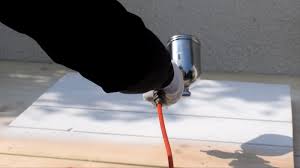 |
At present, spraying is one of the most important methods in the construction process of water-based coatings. Here are seven tips for spraying water-based paint.
1. Control the appropriate viscosity
Use clean water to adjust the paint to a suitable viscosity for spraying, and measure it with a Tu-4 viscometer. The appropriate viscosity is generally 20 to 30 seconds. Usually, the paint liquid is in a straight line, and the flow is cut off instantly, and it becomes dripping down. This viscosity is suitable.
2. Control the appropriate air pressure
When the water-based paint is sprayed and constructed, the air pressure should preferably be within 0.3-0.4 MPa. Too little pressure will affect the overall effect, while too much pressure will not only waste materials but also threaten the health of the operator.
3. Control the appropriate distance
The distance between the nozzle and the object surface is generally 300~400 mm, and of course, it can be adjusted in a small range between 10 mm and 50 mm. If it is not within the range, it is difficult to obtain the most ideal paint film.
4. Control the speed angle
The spray gun can be moved up and down, left and right, and it is best to operate evenly at a speed of 10-12 m/min. The nozzle should be sprayed straight on the surface of the object, and oblique spraying should be minimized.
5. Avoid missed spraying
When spraying, the next pass should be pressed against 1/3 or 1/4 of the previous pass, so that there will be no leakage of spray. When spraying quick-drying paint, it needs to be sprayed in sequence at one time, and the effect of re-spraying is not ideal.
6. Avoid strong winds and downwind
When spraying outdoors, be sure to pay attention to the wind direction. It is not suitable to spray water-based paints in strong winds. To avoid creating an unsightly granular surface, the operator should stand downwind when operating.
7. Follow the Sequential Principle
Under normal circumstances, in order not to cause the sprayed paint mist to splash on the sprayed paint film and damage the sprayed paint film, the construction operation of water-based paint spraying should follow: first difficult and then easy, first inside and outside, first high After the low, the principle of first small and then large. One-component waterborne wood paint
What are the drying methods of water-based paint?
| Drying technology is one of the difficulties. There are many drying methods for water-based wood paint, and different drying methods have obvious differences in the drying speed and film-forming quality of water-based paint. | 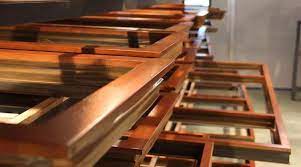 |
1. Natural drying
The natural drying method is simple and widely used, but the disadvantage is that the drying speed is slow. Under natural conditions, especially poorly ventilated spaces, factors such as temperature, humidity and wind speed are uncontrollable, resulting in unstable drying speed and film quality.
If it is under the condition of high temperature and high humidity or relatively high humidity, the coating is easy to turn white and the drying speed is slow; at low temperature, the drying speed is very slow, especially when the temperature is lower than 5 ℃, the water-based coating is difficult to form a film. These all limit the implementation and application of water-based coatings.
2. Hot air drying
Hot air drying is a heating and drying method in which the principle of convection is adopted, and the hot air with a temperature of 40 to 60 ° C is used as a heat carrier to transmit heat energy to the coating on the surface of the workpiece, and the coating absorbs the energy and then solidifies into a film.
The hot air drying process can significantly speed up the drying speed of the coating, and has the characteristics of strong compliance, which is a relatively common drying method.
3. Microwave drying
Microwave drying uses the principle of dielectric loss. The dielectric constant of water is much more than that of dry matter, so the moisture in the paint absorbs most of the energy released by the electromagnetic field.
The advantage of microwave drying is that the drying speed is very fast, there is no shape required for the object to be dried, the heating of the coating film is very uniform, and there is no temperature gradient, and it can be used for drying thick films.
4. UV drying
For water-based UV wood coatings, UV curing drying methods can be used. A small amount of photosensitizer is contained in the water-based UV coating. Under the irradiation of ultraviolet rays, the polymerization reaction of the film-forming substance is initiated to form a network structure and the coating is cured.
Ultraviolet curing has the characteristics of fast coating curing speed and good film quality, but this method can only be used to dry water-based UV coatings, and can only be dried into flat furniture finishing panels.
5. Infrared drying
The so-called infrared curing actually means that the painted furniture panel and its coating absorb radiant energy and convert it into heat energy under the irradiation of infrared rays, thereby completing the curing of the coating.
According to the wavelength range, infrared rays can be divided into "near", "middle" and "far" infrared rays, and far infrared rays are commonly used for drying coatings.
Infrared curing has the advantages of fast curing speed, rapid heating and good curing quality, but when drying the coating with infrared heating, there is a significant temperature gradient in the coating, and its drying extends from the outside to the inside, which makes it dry. Not suitable for drying thicker coatings.
The drying form of light-cured coatings has the advantages of fast curing speed and good film-forming quality and has gradually become a common way of curing water-based coatings.
The construction process of water-based wood paint in winter
| In addition to excellent properties such as environmental protection, the construction process of wood lacquer is also a very elegant issue. Winter has come, when using water-based paint in winter, be sure to pay attention to two aspects: temperature and humidity! | 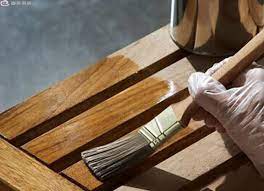 |
1. The construction temperature should be kept above 5℃
During construction, it is necessary to ensure that the indoor plate temperature during construction and within 24 hours after construction is not lower than 5 ℃.
2. The humidity is within 30-80% of the construction
It must be ensured that the indoor humidity during construction and within 24 hours after construction is within 30-80%.
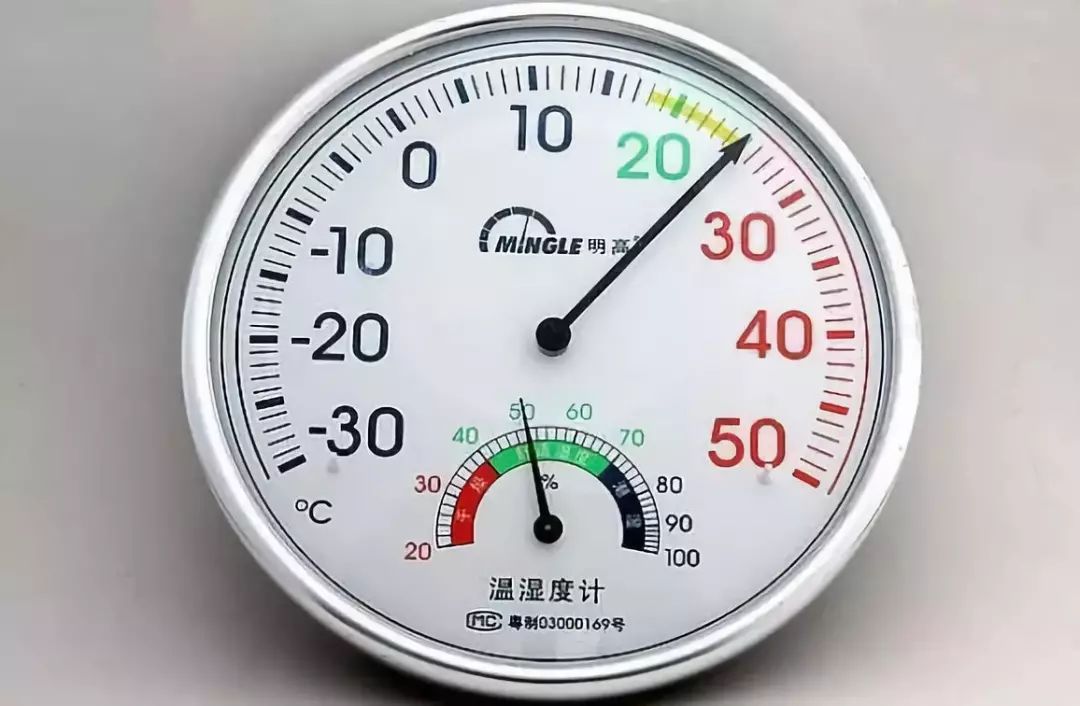
How to control the temperature and humidity?
① Take measures to increase temperature and dehumidification
If there is no heating in the construction room, 2 to 3 iodine tungsten lamps (small sun) of 1000 to 2000 watts can be used or a heater can be used to increase the indoor temperature and speed up the drying speed of the paint film;
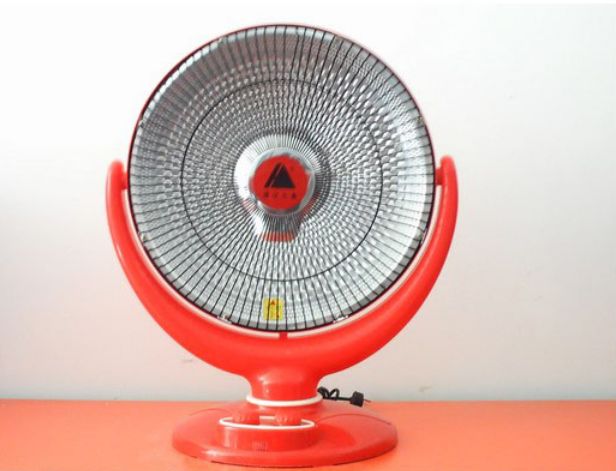
If the humidity is too high, a dehumidifier can be used to dehumidify;
If the humidity is too low, such as in rooms with heating in the northeast and northwest regions, you can sprinkle water on the ground to increase the humidity to prevent the water-based paint film from drying too quickly, causing orange peel or cracking on the surface.
② Paint with warm water and keep warm with warm water
(1) Use 40-60 ℃ warm water to paint the paint, the volatilization speed of the paint is faster after the water temperature rises, which can improve the drying speed of the water-based paint;
(2) Put the prepared water-based paint in a warm water basin of 40-60 degrees for heat preservation, which can ensure a certain construction effect.
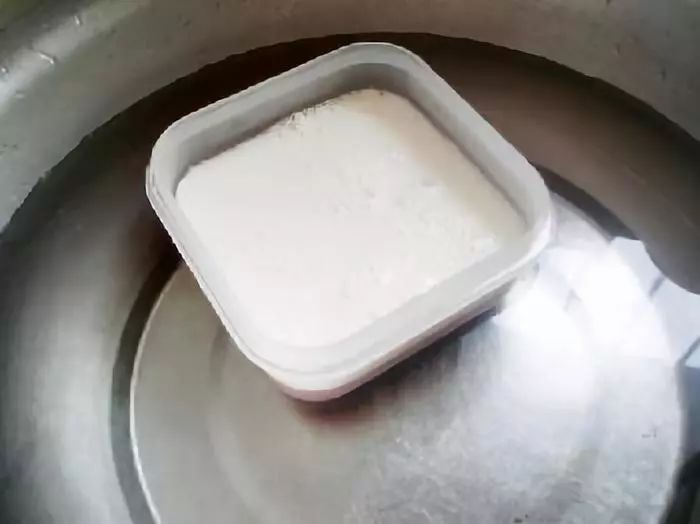
③ Thin coating construction
Winter construction should avoid a single thick coat. A thin coat will dry faster, reducing the chance of problems; be sure to apply thin coats especially near the radiator.
④ Grasp the construction time period
It is recommended to work after 10:00 am to 3:00 pm.
It should be noted that when finishing work, do a good job of indoor insulation, and avoid opening windows (opening windows can allow outdoor moisture and cold air to convect indoors), and local airflow too fast will cause uncontrollable cracking of the paint film.
⑤ Pay attention to the construction of substrates close to the outdoors
Doors and windows are relatively close to the outdoors and are easily affected by the low temperature and high humidity outdoors, and the paint film is more prone to problems, so pay more attention to the construction of this part of the place.
XJY Silicones - First choice raw material supplier of silicone coating application
It is an indisputable fact that the development and market share of water-based coatings is increasing year by year, and there is a trend of speeding up. The future market for the water-based environmental protection coatings industry will develop rapidly.
| XJY Silicones, one of China's leading Silicone MQ resin and VMQ thermally conductive silicones manufacturers, has 30+ years of R&D and manufacturing experience and 15+ related patents and technical assistance in the silicone industry, also can customize cost-effective silicone products according to your coating options. |

